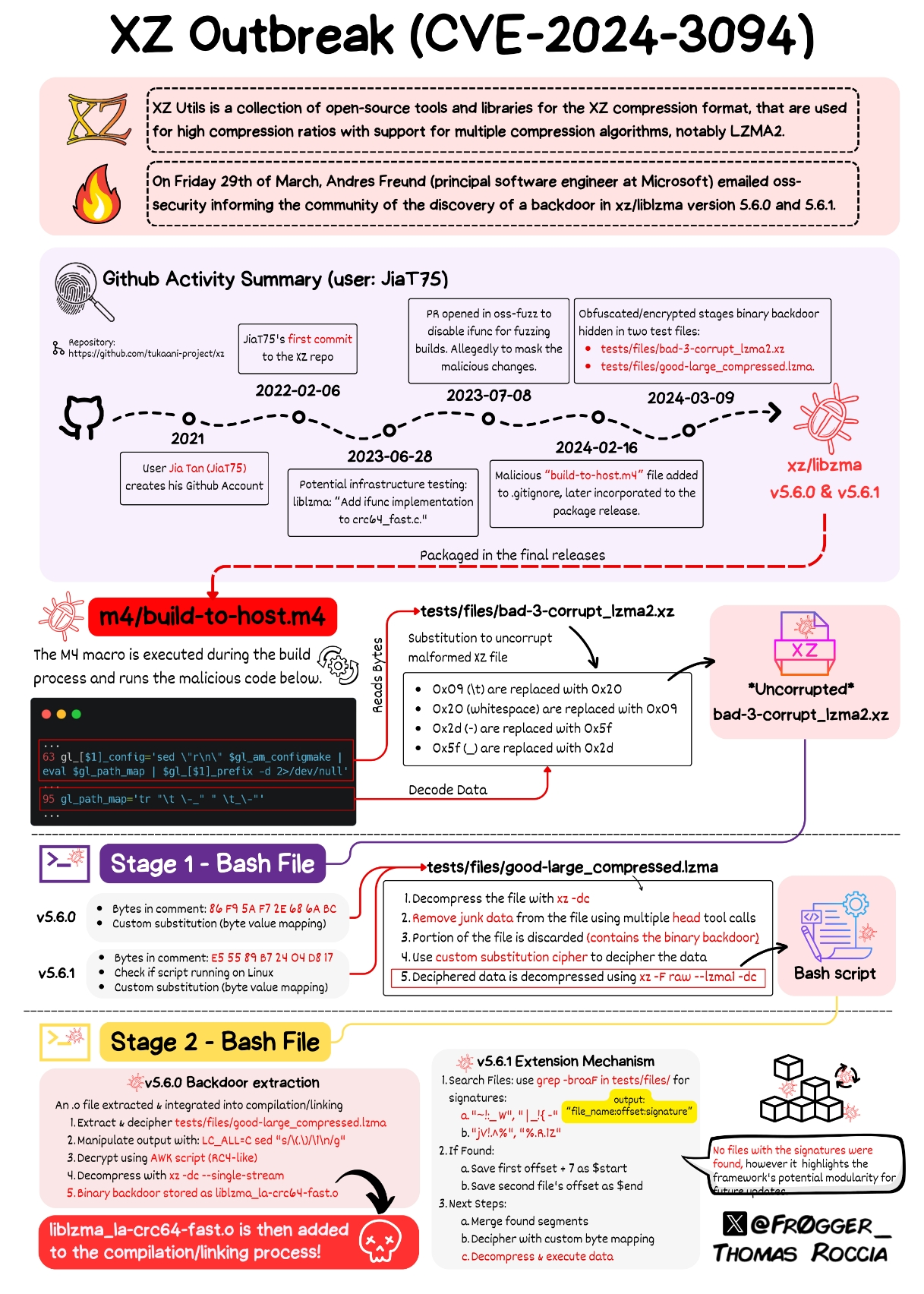this post was submitted on 01 Apr 2024
1212 points (99.2% liked)
Linux
56853 readers
643 users here now
From Wikipedia, the free encyclopedia
Linux is a family of open source Unix-like operating systems based on the Linux kernel, an operating system kernel first released on September 17, 1991 by Linus Torvalds. Linux is typically packaged in a Linux distribution (or distro for short).
Distributions include the Linux kernel and supporting system software and libraries, many of which are provided by the GNU Project. Many Linux distributions use the word "Linux" in their name, but the Free Software Foundation uses the name GNU/Linux to emphasize the importance of GNU software, causing some controversy.
Rules
- Posts must be relevant to operating systems running the Linux kernel. GNU/Linux or otherwise.
- No misinformation
- No NSFW content
- No hate speech, bigotry, etc
Related Communities
Community icon by Alpár-Etele Méder, licensed under CC BY 3.0
founded 6 years ago
MODERATORS
you are viewing a single comment's thread
view the rest of the comments
view the rest of the comments

I don’t understand the actual mechanics of it, but my understanding is that it’s essentially like what happened with Volkswagon and their diesel emissions testing scheme where it had a way to know it was being emissions tested and so it adapted to that.
The malicious actor had a mechanism that exempted the malicious code when built from source, presumably because it would be more likely to be noticed when building/examining the source.
Edit: a bit of grammar. Also, this is my best understanding based on what I’ve read and videos I’ve watched, but a lot of it is over my head.
Not sure why you got downvoted. This is a good analogy. It does a lot of checks to try to disable itself in testing environments. For example, setting TERM will turn it off.
The malicious code is not on the source itself, it's on tests and other files. The building process hijacks the code and inserts the malicious content, while the code itself is clean, So the co-manteiner was able to keep it hidden in plain sight.
So it's not that the Volkswagen cheated on the emissions test. It's that running the emissions test (as part of the building process) MODIFIED the car ITSELF to guzzle gas after the fact. We're talking Transformers level of self modification. Manchurian Candidate sleeper agent levels of subterfuge.
50 first dates levels of creativity.
The malicious code wasn’t in the source code people typically read (the GitHub repo) but was in the code people typically build for official releases (the tarball). It was also hidden in files that are supposed to be used for testing, which get run as part of the official building process.